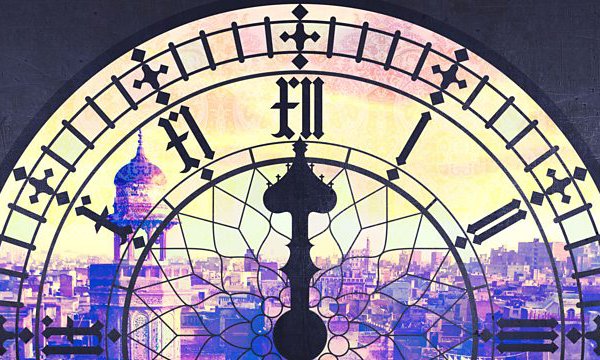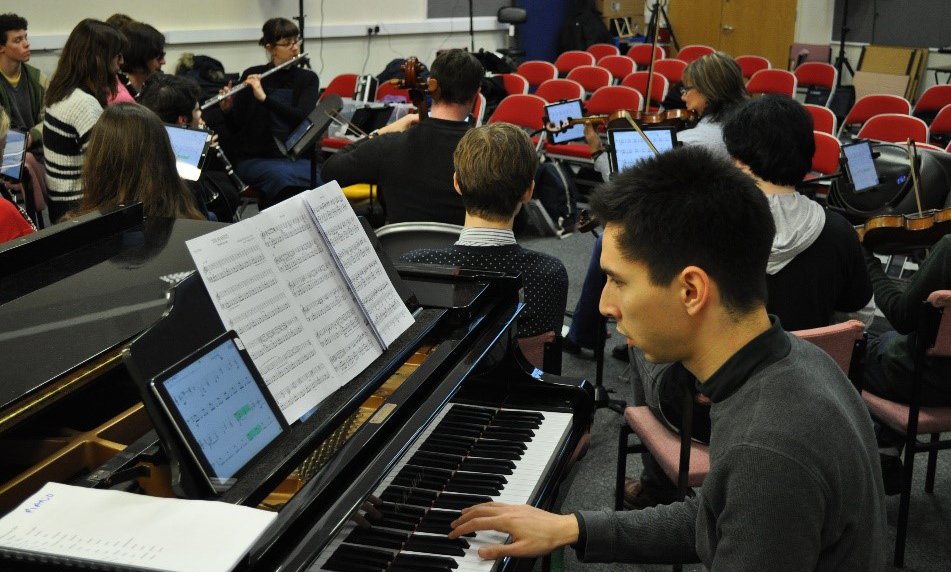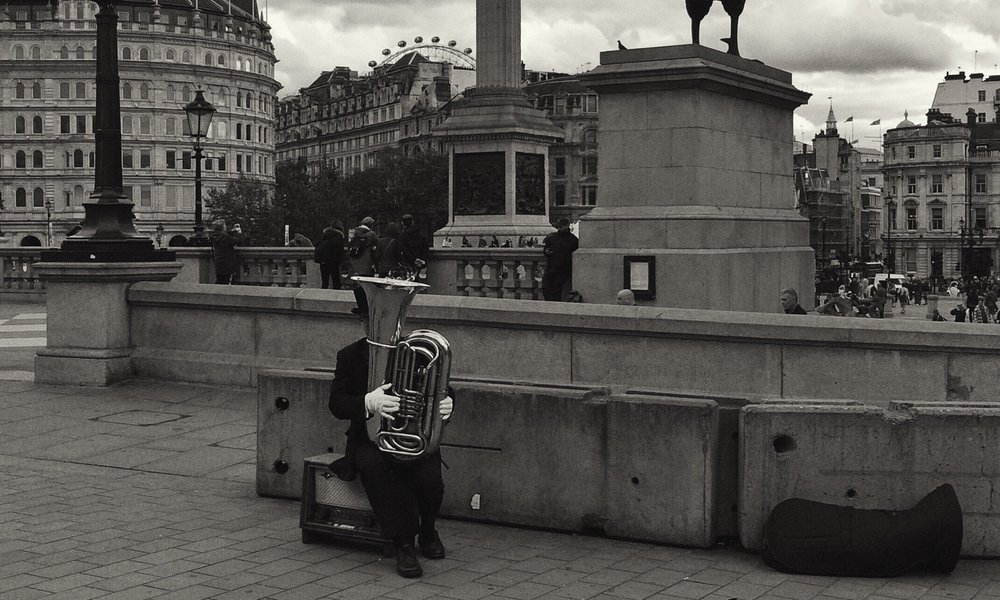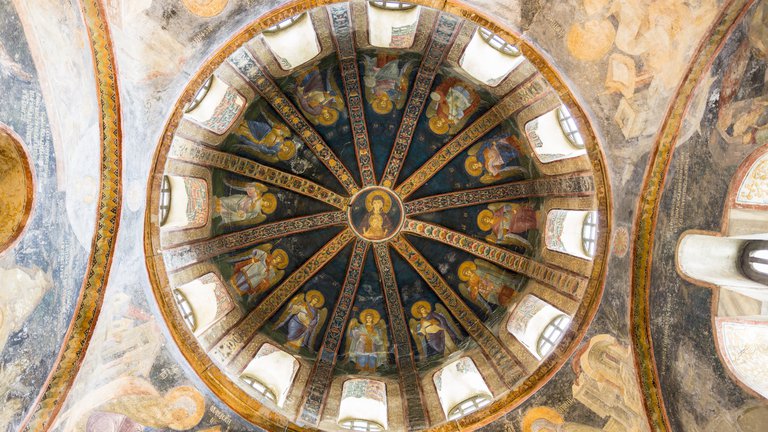
One might well ask, “What is Byzantine studies?”, since the apparently obvious answer to this question – that it studies all matters concerned with the Byzantine Empire – conceals more than it reveals. The use of ‘Byzantine’ in this sense is an invention of modern scholarship. The word ‘Byzantine’ was never used in that sense by those who lived in what we call the ‘Byzantine Empire’. For them, their empire was the ‘Roman Empire’ and they called themselves ‘Romans’ (Romaioi). ‘Byzantine’, if used at all, meant inhabitants of the city of Constantinople, dedicated as ‘New Rome’ on the site of a city formerly called ‘Byzantion’. This empire was the Roman Empire, from ad 330, governed from New Rome as what eventually became a Christian Empire.
In the fourth century, the Roman Empire was close to its fullest extent – from the Euphrates in the east to the British Isles in the west, from the Rhine–Danube border in the north to the coastal regions of Africa in the south. The story thereafter is, on the face of it, one of loss. First, the loss of much of what is now western Europe to the ‘barbarians’, as the Byzantines thought of them, culminating in the coronation of Charlemagne in 800 by the pope and the eventual emergence of the ‘Holy Roman Empire’. Then, from the 630s onwards, the loss of the Eastern provinces and, gradually, North Africa and, finally, much of Spain, to emergent Islam, which established a huge empire in the East, stretching from the Mediterranean to the Hindu Kush, with its capital, under the ‘Umayyads’, in Damascus, and from 750 in the new Abbasid city of Baghdad.
Byzantine studies are concerned with the Christian Roman Empire. It was in this empire that the rites, beliefs, and political theology of traditional Christianity – for all its later fissures and divisions – were fashioned. In that sense it is part of the history, or pre-history, of the nations of Western Europe, America and Australasia. So it should be familiar, but for the most part it isn’t. The Roman Empire we look back to as part of our heritage is Latin and Pagan, whereas the Byzantine Empire was Greek and Christian. Nevertheless, what we have inherited from the Roman past was mediated by the Byzantine Empire. Take law, for example; although we may think of our legal heritage as, in some respects at least, Roman, what it is that bears that heritage is the extensive revision of Roman law that took place under the Byzantine Emperor Justinian in the second quarter of the sixth century: a codification of law for an empire that saw itself as Christian. By Justinian’s time, much of what we think of as Western Europe was governed by those the Byzantines thought of as ‘barbarians’. Nevertheless, those ‘barbarian’ kingdoms often looked to the Byzantine/Roman Empire for a sense of legitimacy. The ‘Holy Roman Empire’ saw itself as the legitimate successor of Roman Empire, in competition with Byzantium. But more was involved than a sense of legitimacy, for what was meant by a Christian culture continued to be defined by the culture we now call ‘Byzantine’.
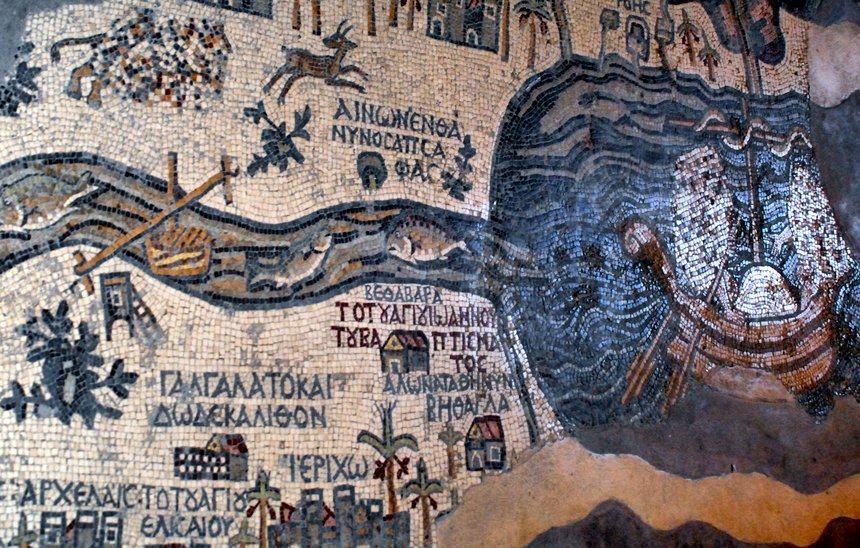
Byzantine studies concern something that is both familiar and unfamiliar: familiar in that so much of the culture that it explores has informed the culture that we embrace now, but unfamiliar largely because it was Greek – a notion for which the ‘Byzantines’ had no word: hellēn meant pagan, until well into the second millennium; graikos was simply borrowed from the Latin graecus. The Greek Christian culture of the Byzantine Empire, interwoven with popular customs and the Christian rites of the Church, became, over the centuries, significantly different from the similar, but parallel, development in the Latin west. Eventually these differences hardened into schism.
Familiar and unfamiliar. For most of the 20th century, the unfamiliar world of the Byzantine Empire was mostly to be found in the Communist bloc. With the fall of Communism, our ‘familiar’ European world is more and more coming to embrace the ‘unfamiliar’ world of nations whose culture was inherited directly from Byzantium: Russia and other Slav countries, Romania and of course Greece, which has long been an uneasy partner in the European dream. If these differences – cultural, political and religious – are not to expose ugly divisions, we need to understand more deeply the culture that we share: the culture of Byzantium. Much will seem strange, but the compelling visual culture of Byzantium, the world of icons, has an immediacy of appeal that transcends linguistic diversity.
Andrew Louth is Emeritus Professor of Patristic and Byzantine Studies at Durham University. He was elected a Fellow of the British Academy in 2010.
Lead image: The dome fresco of Saint Saviour, a Byzantine church in Istanbul. Photo by Tim Graham / Getty Images.
